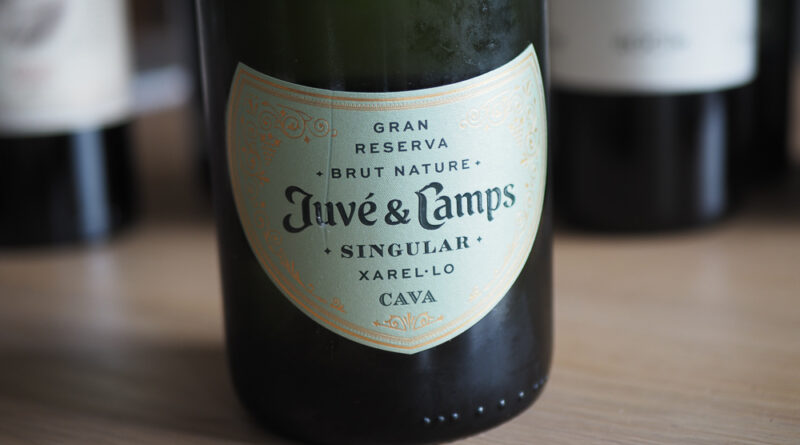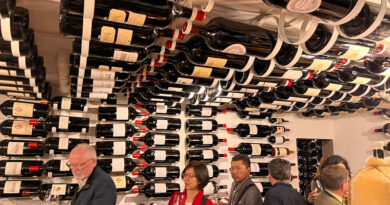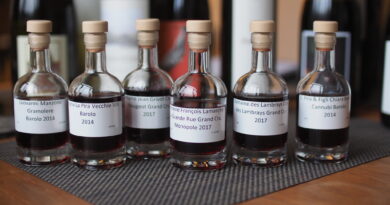The new face of Cava, Spain’s traditional method sparkling wine
Cava is changing. Over the last few months I’ve been tasting some examples of Cava, the well-known traditional method sparkling wine of Spain, and discovered some impressive wines. It leaves me with the impression that there’s a positive evolution in the region, and I didn’t realize that I’d find wines like these – too often Cava has been seen as an inexpensive wine fighting on price at the bottom end of the market.
So, before my highlights, a few bits of information on the region.
First, the new Cava categories. In 2020 the DO Cava unveiled two umbrella categories based on time spent ageing on lees (the second fermentation after bottling until disgorgement). The term ‘gaurda’ is translated as ‘to keep’ here: they are Cava de Guarda and Cava de Guarda Superior. The first is from 9-18 months (this is 88% of all Cavas), and the second is longer than 18 months.
This second umbrella category – Cava de Guarda Superior – is broken down further. Reserva is 18-30 months, then Gran Reserva is 30 months or longer, and De Paraje Calificado is 36 months or longer from a single site (only 10 wines have achieved this as of 2020). For all three of these sub categories the vineyards must be 10 years old, of maximum 10 tons/hectare yield, and from 2025 all will have to be farmed organically. This is a major step!
Then it’s worth mentioning the Cava zones. The main area is called the Comtats de Barcelona, and this covers the whole of Catalonia, which catches 95% of Cava production. This is broken down into five subzones, of which the Valls d’Anoia – Foix is the heart of Cava country. But in contrast to Champagne, which is quite tightly geographically localized, Cava also has production zones widely spread. There’s one called the Valle d’Ebro, which takes in parts of Rioja and Aragon. Then there’s the Viñedos de Valencia/Levante, half way down the east coast inland from Valencia. Then there’s the Viñedos de Almendralejo, on the other side of the country next to the Portuguese border.
THE WINES
Juvé & Camps Singular Xarel.lo Cava Gran Reserva 2016 Spain
12% alcohol. This is organically farmed Xerel.lo with three years on lees, and it’s Brut Nature. Highly aromatic with almond, toast and lovely pear and apricot notes on the nose, leading to a citrus-led fruit-driven palate with lovely apricot and fennel notes in the mix, as well as a touch of honey. Really powerful but not at all clumsy, with a strong personality and some mandarin hints on the finish that add brightness. This is very exciting. 93/100
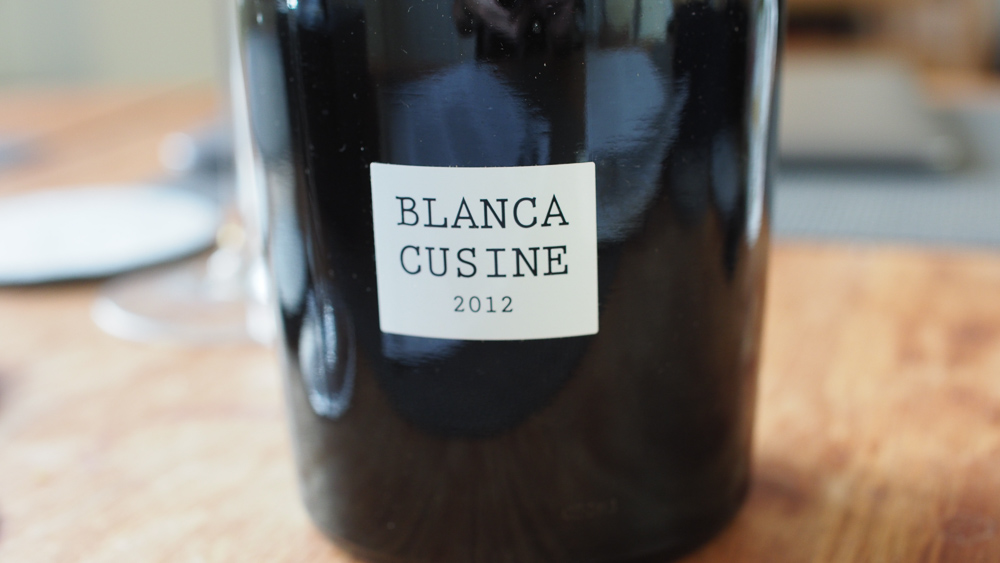
Parés Baltà Cava Gran Reserva Blanca Cusiné Brut Nature 2012 Spain
81% Xarel-lo, 9% Chardonnay, 10% Pinot Noir grown organically and biodynamically. 80 months on lees. This is full gold in colour, and has lovely aromas of hazelnut, honey and toast, with some apricot and lemon notes. The palate is seamless, broad and still has some citrus freshness, with candied fruits, apricot, pear and toast. It has a lovely tapering finish, with a nice savoury twist. Very stylish and gastronomic. 93/100
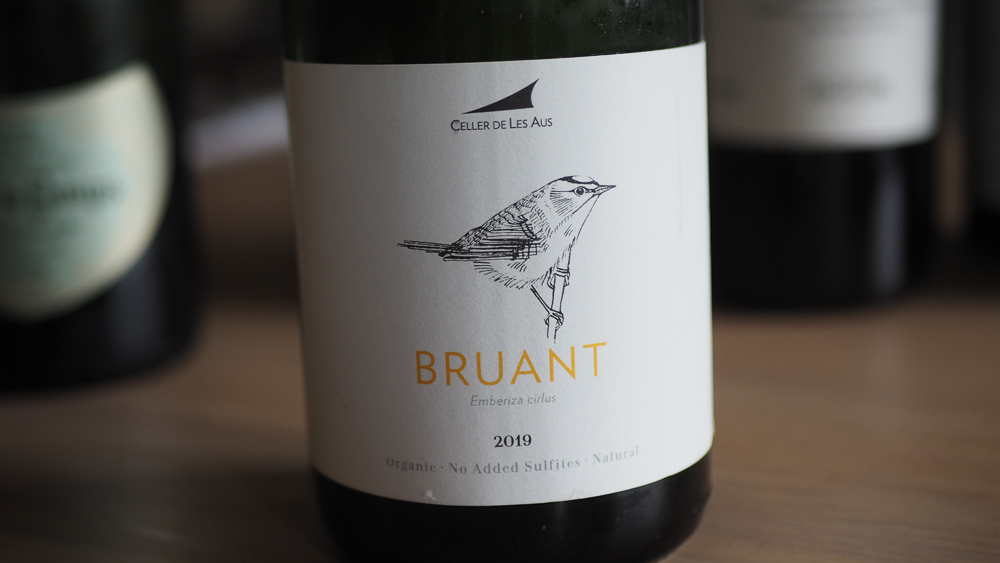
Celler de Les Aus Alta Alella ‘Bruant’ Cava 2019 Spain
12% alcohol. This is method ancestrale, is made from organic Xerel.lo grapes and has zero dosage and no added sulfites. It’s disgorged (December 2020) though. Lovely brisk aromatics of pithy citrus fruit with some aniseed and dried herb character. The palate is bright and focused with lovely emphasis on the fruit: citrus with a touch of nectarine, and a bit of pithy bitterness on the finish that works really well. Fabulous stuff with real presence and vitality. 92/100
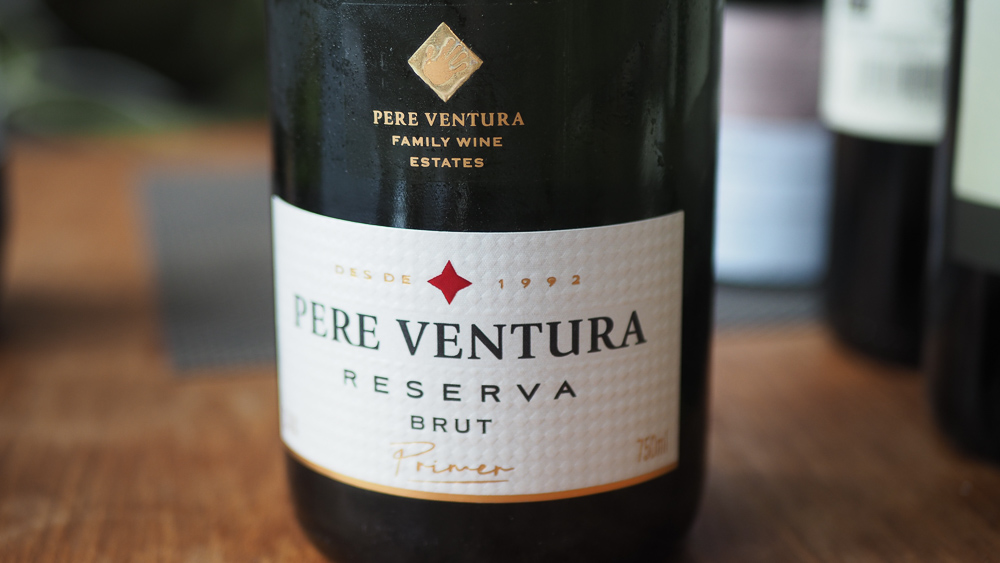
Pere Ventura Cava Reserva Brut ‘Primer’ NV Spain
11.5% alcohol. This is a blend of 35% Xarel.lo, 35% Parellada and 30% Macabeo. It spends 15-18 months on lees and the dosage is 12 g/litre. What I really like about this wine is the purity of its fruit. It’s fresh, bright and lively with citrus, pear and some table grape notes, as well as a twist of lime peel. The acidity is nicely countered by a bit of sweetness from the dosage. Very fruity and expressive, with nice purity, with lovely drinkability. 89/100
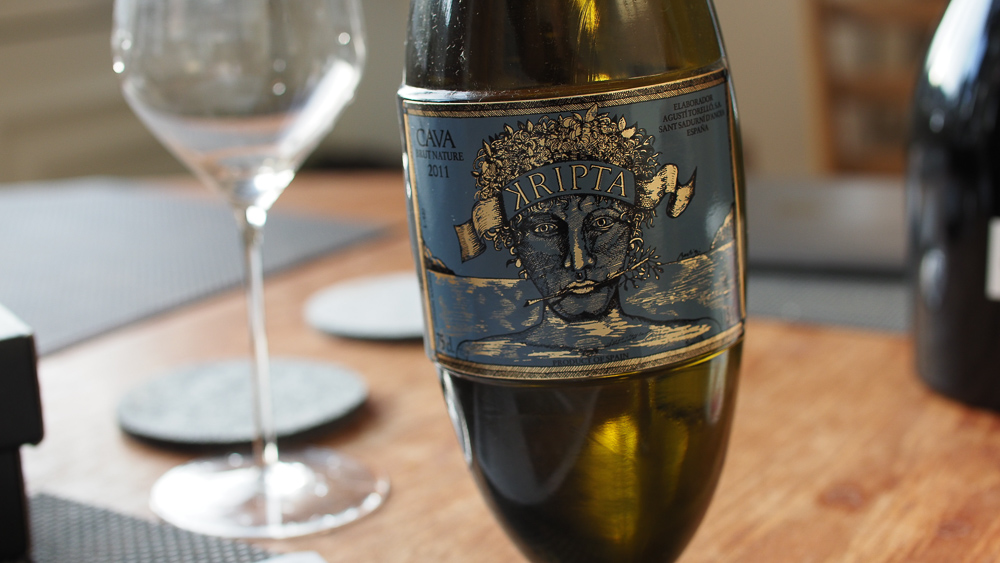
Cava Agustí Torelló ‘Kripta’ Brut Nature Gran Reserva 2011 Spain
11.5% alcohol. The distinctive thing about this Cava is that it comes in a remarkable extended egg-shaped bottle with no angles – it’s almost like a glass amphora – and this affects the second fermentation, giving a natural sort of battonage. The result is a Cava that is wonderfully complex, vinous and gastronomic with notes of patisserie, almonds, cherries, pears and even some peachy richness. It has a touch of savouriness, and a spicy bite on the finish with some subtle bitter hints, as well as some vanilla sweetness. Relatively low in pressure, with a gentle mousse that helps accentuate the pastry and vanilla sweetness. This is very textural. 93/100
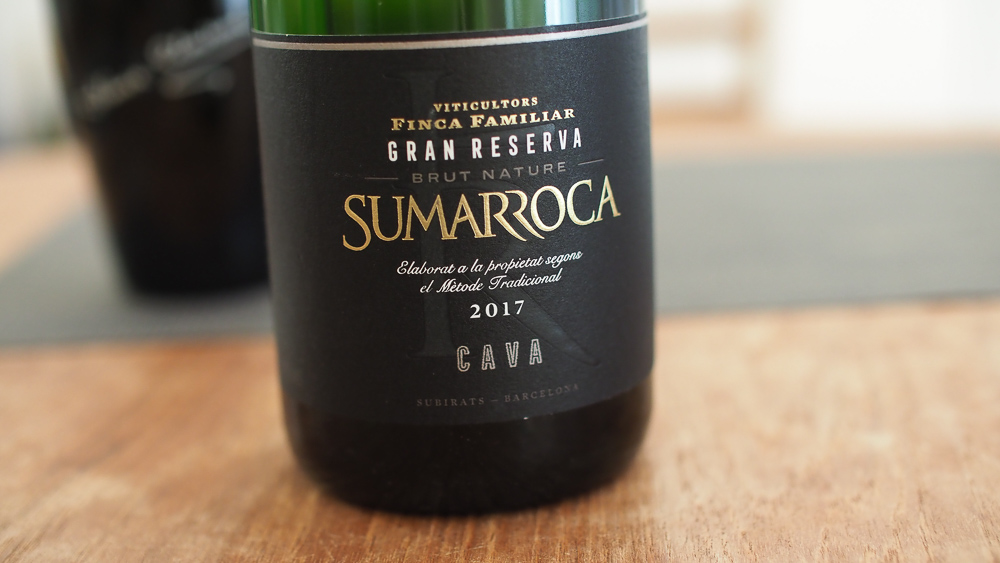
Sumarroca Brut Nature Gran Reserva 2017 Cava
12% alcohol. Fresh and direct with some nice structure under the cherry and pear fruit, with some citrus brightness. This has nice intensity with a subtle pithy edge to the bright fruit, showing good fruit concentration and a bit of spice on the finish. There’s some subtle toasty complexity, too. There’s a slight salinity and a nice bitterness on the finish. 91/100
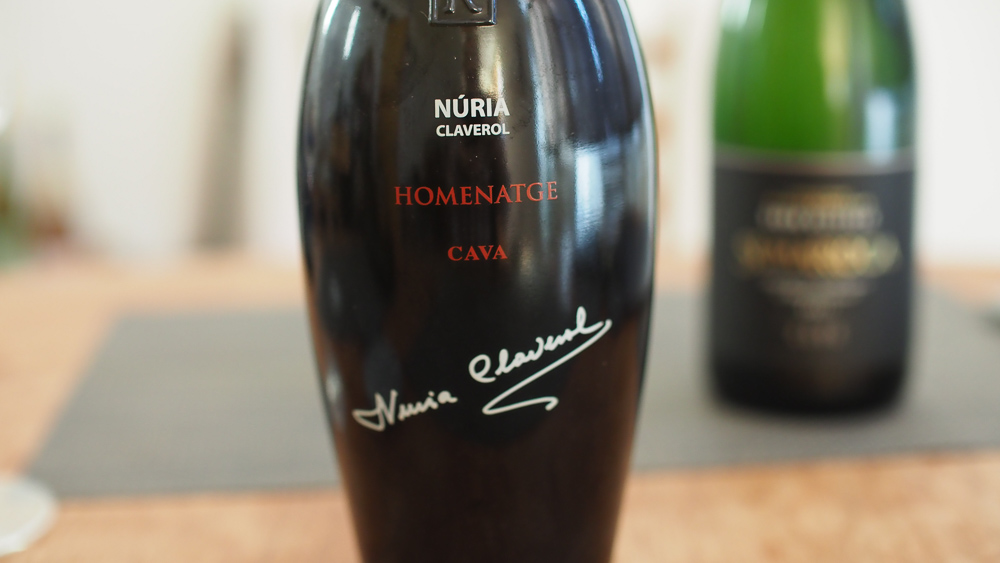
Sumarroca Núria Claverol Homenatge Finca Peretes Gran Reserva 2014 Cava
12.5% alcohol. This is from an 80 year old vineyard of Xarello. Powerful and dense with a lovely bready, toasty depth to the vivid citrus fruit. There’s a slight almond nuttiness adding interest, and a touch of bitterness that works well, along with sour cherry and cooked plums. Finishes bright, with nice fine spiciness, and it has a lovely vinosity. This has a lovely complexity to it. 93/100
Find these wines with wine-searcher.com

